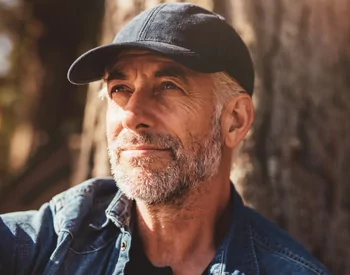 Studies have shown that the frequency of malocclusions in adults is similar to what we see in children and teenagers. Perhaps three-quarters of adults have some kind of orthodontic problem – tooth decay or tooth displacement after extraction, for example.
Studies have shown that the frequency of malocclusions in adults is similar to what we see in children and teenagers. Perhaps three-quarters of adults have some kind of orthodontic problem – tooth decay or tooth displacement after extraction, for example.
A beautiful smile is a sure way to boost self-confidence, and research shows that orthodontic treatment can improve career opportunities and social life. There are also potential health benefits, as misaligned teeth can be difficult to clean, setting the stage for tooth decay and gum disease. Orthodontic treatment can also improve the bite. So, there are many reasons why you should consider orthodontic treatment at any time.
What will determine whether you are a good candidate for orthodontic treatment, therefore, will not be your age. This will be your current health, your general health, and the type of problem you are trying to solve. Gum disease, which can lead to the loss of the supporting bone of the teeth, is more common in adults than in teenagers. This is important because orthodontic treatment works by gently moving the teeth into the supporting bone. And orthodontic treatment in the presence of periodontal disease can make the disease worse and make it worse. Although bone loss does not prevent successful orthodontic treatment, it is important that any existing disease is controlled before treatment begins.
“Perhaps as many as three quarters of adults have some form of orthodontic problem.”
Orthodontists (dentists who specialize in the diagnosis and treatment of malocclusion, which includes the study of the growth and development of the jaws and teeth) can use different orthodontic treatment methods. A brace, a small traditional metal or plastic piece placed on a tooth, through which wires pass, is just one example of how pressure and tension cause the tooth to slowly move into place. is required. The pressure will cause the part of the bone near the root to move (expansion of the body), while on the other side (compression) new bone is formed. This new bone gathers in the space where the root came from, making its new position stronger.
Contact Dr. April Lee at Burlingame Smile Studio we serve Burlingame, CA, Hillsborough, and Millbrae.
(650) 231-2680
Location (Tap to open in Google Maps):
1740 Marco Polo Way Ste 12
Burlingame, California
94010
